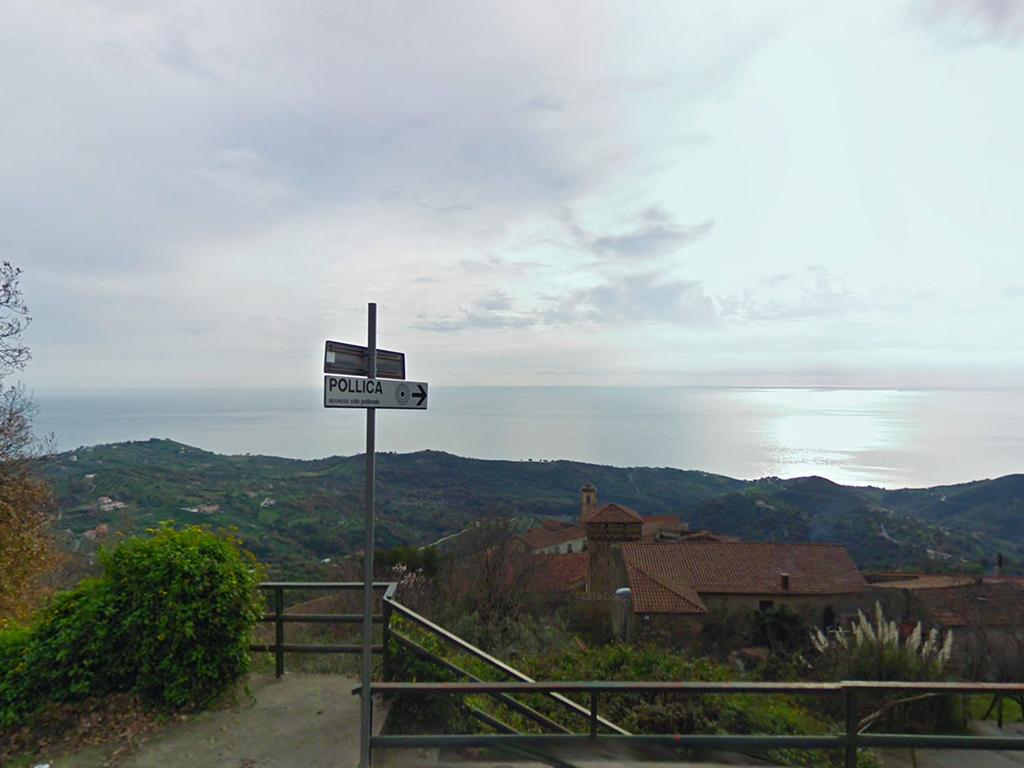Pollica is one of the pearls of the Cilento’s Coast. And the hamlets around its territory are equally important, all differently charming with their "personalities" and attractions.

Between Punta Licosa and the mouth of Alento, in the gulf of Palinuro, on the southern slopes of Mount Stella, there is the hamlet of the "many houses", in greek "pollai oikìai", under the hill called Serra di Molino a Vento. Simple houses, of people of the sea, that with its lifestyle has become a model for the world. Because Pollica, and in particular is fraction Pioppi, is known homeland of the Mediterranean diet, protected by Unesco as an intangible heritage of humanity.
The medieval tower that seems to rise from the sea is the symbol of the hamlet. With a square plan, on three floors enlightened from a single lancet window, it is part of the Palazzo Capano, built in 1290 retaining its peculiar characteristics in the various rooms composing it, including the oil mill, stables and guard posts. Although what we see today is the castle restructured in 1610, commissioned by an illustrious member of the family, Vincenzo Capano, 15th prince of Pollica. One of the rooms of the castle is associated with the name of Sant’ Alfonso De 'Liguori, who stayed there for a long time, apparently to learn more about the pagan habits of the locals. It was owned by Capano princes, originally from Rocca Cilento, for several centuries, until the extinction of the family, when the fief of Pollica was inherited by the De Liguoro for just nine years, before the feudality was canceled in the middle of the Napoleonic period.
The Capano banners are present on the altars of the church of the convent of Santa Maria delle Grazie, built in 1610. With a single nave, it has four altars on each side wall. The paintings are of great value, in particular those on the sides of the entrance attributed to Malinconico, a pupil of Luca Giordano. And the wooden coffered ceiling by Giuseppe Marrocco da Celso, with a central painting depicting the Assumption by Matteo Cilento. The wooden choir of Franciscan artists, the organ and the sacristy with wooden ceiling are from the eighteenth-century. Dedicated to the patron saint of the town is the seventeenth-century church of San Nicola, which stands out for the simplicity of the façade without decorative elements, for the main altar in polychrome marble, the wooden ceiling with paintings by Matteo Cilento and the pipe organ. The oldest of the churches of Pollica, now deconsecrated, dates back to 1524 and was dedicated to St. Peter.
To the south east of Pollica, on a promontory at the mouth of the Mortella river rises Pioppi. Natural landing, it was used by the Greeks based in nearby Elea. What was known as the Port of the Fig also in Roman times was fundamental for the trade of the already renowned figs of the area and of silk.



Comments powered by CComment